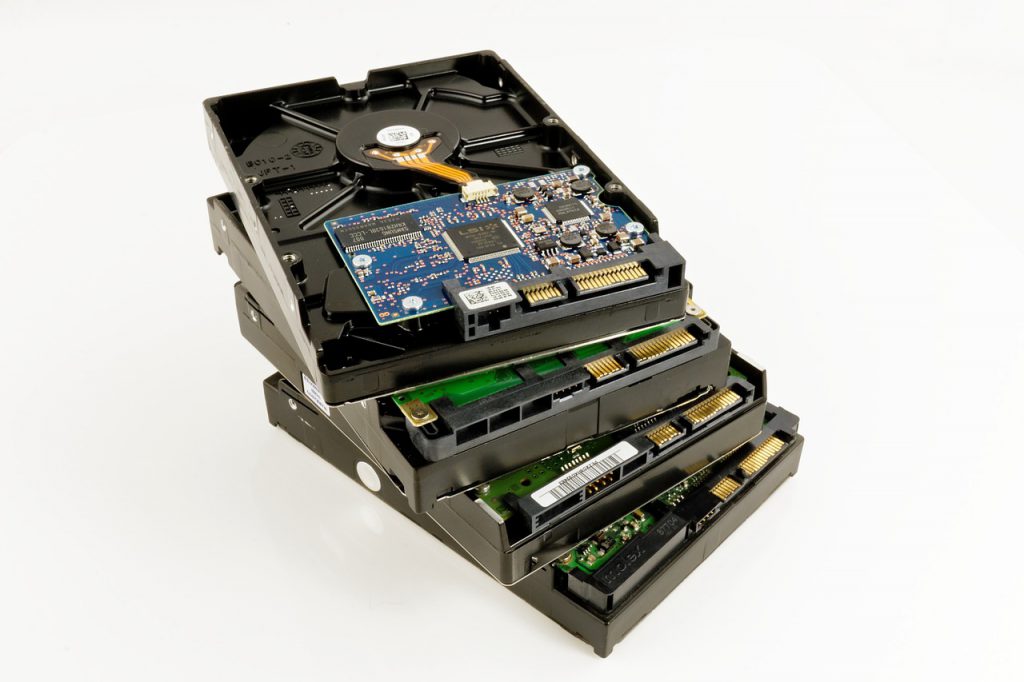
There seems to be some ongoing debate around whether or not formatting your data and log drives with 64KB allocation unit size even matters anymore. I would encourage you to do your own research to determine if you want to do this or not. My personal take on it is: if it doesn’t hurt, and it may help, and it only takes 2 seconds to click the “go” button on my PowerShell script, then I would rather go ahead and do it and not need it than not do it and wish I had later down the road.
So, when I am setting up a new server, I do format the data and log drives with 64KB allocation unit size. Here is a handy PowerShell script I use for checking the allocation unit size of a drive, and another one for reformatting it to 64KB. This can be run against a single server, or multiple servers as shown below.
|
1 2 3 4 5 6 7 8 9 |
$server = 'Server01','Server02','Server03' #check formatting for all drives on the server invoke-command -computername $server {Get-Volume | Format-List DriveLetter, AllocationUnitSize, FileSystemLabel} #format the "D:" drive for 64kb allocation unit size invoke-command -computername $server {Format-Volume -DriveLetter D -FileSystem NTFS -AllocationUnitSize 65536} #65536 is 64Kb |

Pingback: Setting Drive Allocation Unit Size using Powershell – Curated SQL